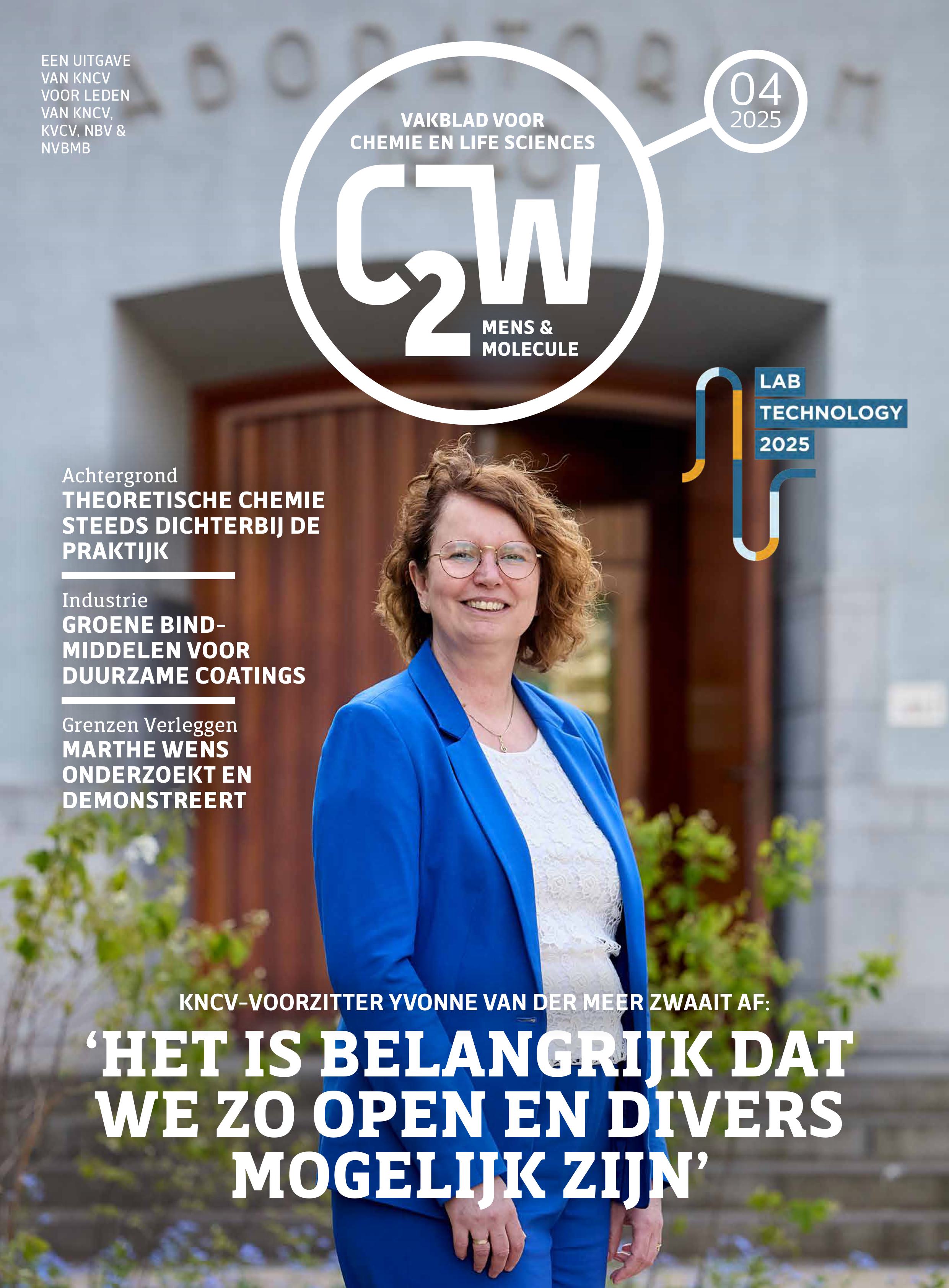Would you like to add an event to this list? Simply register your event using this form.
Engineering the Li-ion conductivity in solid-composite electrolytes

Category
Ph D Defense
Date
2021-09-16 17:00
Venue
KU Leuven, O&N V, Auditorium, 04.112 - Herestraat 49
3000 Leuven, België
3000 Leuven, België
Promovendus/a: Simon Hollevoet
Promotor(en): Prof. dr. Philippe Vereecken, Dr. Brecht Put
Lithium ion batteries (LIBs) have high energy densities, which makes them ideal candidates for applications such as the electric vehicles. However, current LIBs mostly rely on liquid electrolytes based on a volatile solvent. This leads to safety issues and puts limits on the minimization of LIBs. A solution might come from all solid-state LIBs, in which the liquid electrolyte is replaced by a solid electrolyte.Solid composite electrolytes (SCEs) are a promising subset of solid-state electrolytes which could combine both a high conductivity and an electrochemical stability against electrodes. SCEs consist of an inert oxide mixed with an electrolyte. One of the most promising properties of SCEs is the reported increase of ionic conductivity (up to 4 orders of magnitude) compared to the electrolyte. Currently however, only the average of the bulk and interface conductivity can be measured in SCEs due to the large and complex surface of the oxide matrix.
This thesis aims to develop a methodology using thin-film electrolytes on planar oxides to characterize the ionic conductivity lateral to the interface of a Li-ion conductor and an inert oxide. To this end first, impedance spectroscopy on solid state electrolytes in typical metal-electrolyte-metal configurations are thoroughly discussed using LiPON as model material.
Next, interdigitated electrode arrays (IDEAs) are proposed as test structures to measure the conductivity at the Li-ion conductor/oxide interface. It is demonstrated how the conductivity can be obtained from impedance spectroscopy measurements of electrolyte thin-films deposited on IDEAs. In contrast to previous works, the impedance response for the entire frequency range is elucidated.
The developed methodology is also applied to ionic liquid electrolyte (ILE) thin-films on silica substrates. The strong interaction between the adsorbed ILE layer and the silica substrate results in a 10-fold increase in conductivity for the thinnest ILE film. The conductivity enhancement is significantly larger than previously reported for ILE-based SCEs. Functionalization by varying the oxide or by deposition self-assembled monolayers on the substrate showed a clear effect on the ILE thin-film.
Finally, a composite solid-state electrolyte is demonstrated by combined atomic layer (ALD) deposition and molecular layer deposition (MLD). First, a porous aluminum oxide was made by removing the organic part of an organic/inorganic thin-film deposited by MLD. This composite oxide is characterized and finally demonstrated as electrolyte in a thin-film solid-state cell.
All Dates
- 2021-09-16 17:00
Powered by iCagenda

